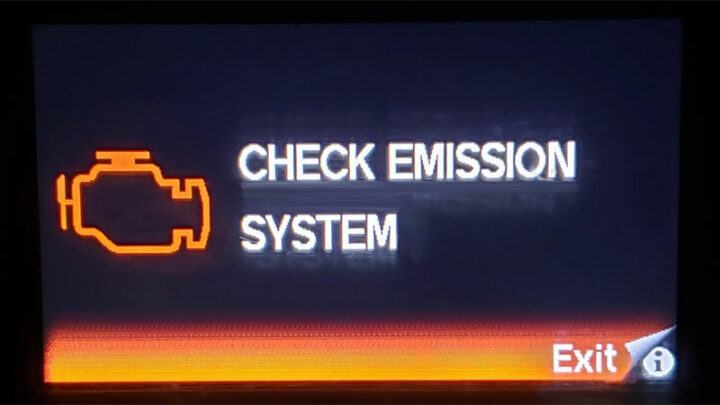How to Increase Your Chances of Passing an Emissions Inspection
1) Preventive Maintenance
This may sound like obvious advice, but regular maintenance is an easy way to ensure you don’t have serious ongoing emissions problems in the future. They won’t force you to do this, but don’t ignore the recommendations.
Just because you follow the car manufacturer’s maintenance schedule (10,000-mile maintenance, 20,000-mile maintenance, etc.) doesn’t mean that other problems won’t occur. Addressing small issues now can prevent them from becoming bigger (and more expensive). These issues may not seem like a big deal right now, and you may not even notice anything while driving, but preventative maintenance is one of the most important things you can do.
2) Warm up your car before driving
Start your car, let it idle, then pull it out of your driveway or parking lot. When you’re ready to leave, slowly pull out of the parking lot onto the main road.
While you’re drinking your morning coffee, let your car accelerate as fast as you want and let the transmission warm up slowly. I mean, it wakes you up, right? Romantic, but it worked for me.
3) Follow Emissions Recommendations
If your exhaust system has been tampered with or removed, it will need to be replaced or repaired. Junkyards are generally a good place to look for exhaust systems, as other things usually fail first. Has your car smelled differently recently? Our noses are pretty good at everything, so trust your instincts.
4) Turn off the engine check light
If “this light is on all the time” it could cause you to fail an emissions inspection. This usually means a bad oxygen sensor, which can lead to a more expensive catalytic converter replacement. In some areas today, this part alone can cost over $2,000. Is it worth it to you?
5) Oil Change
If you’re approaching the 5,000-7,000 mile mark when your oil needs to be changed, do it before you go for an emissions inspection. Dirty oil contains more contaminants and particles, and if that oil gets into the crankcase, they become visible in the exhaust.
Changing the oil reduces the chances of burning off chemicals that an emissions inspector will notice. If the mechanic is already there, ask if he can check under the hood for broken hoses or broken parts. That’s quick, right?
6) Check the coolant level
Because the test is done with the car stationary, there is no air flowing in and around the engine compartment as usual, and the cooling system has to work harder than normal. You know where this ends up, if the coolant is dirty it can’t cool the engine properly. This can lead to increased emissions.
7) Check the petrol/diesel level
If there’s not enough petrol in the tank, the fuel pump can be exposed. This means that vapors can get into the fuel lines, not just liquid fuel. If the combustion process produces more gases than would normally be expected, the test will fail.
8) Inflate Your Tires
Make sure your tires are up to the manufacturer’s recommended air pressure, since most testing these days is done on a dynamometer to simulate forward motion.
This is an attempt to get around automakers’ commitment to bypassing idle emissions testing technology while still being able to pollute as much as they want while driving (I’m looking at you, Volkswagen).
When your tires are inflated, your engine doesn’t have to work as hard, resulting in fewer greenhouse gas and particulate emissions. That seems like an impossible test, but I hope these suggestions help.

